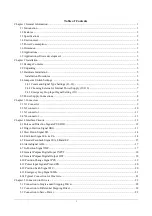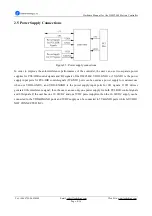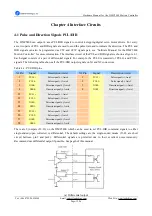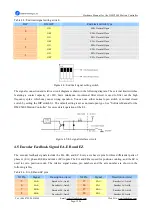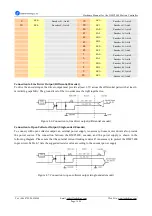
Hardware Manual for the DMC5400 Motion Controller
Tel: +086 0755-26434369 Email: sales@leadshine.com Web Site: www.leadshine.com
Page: 1/36
Chapter 1 General Information
1.1 Introduction
The DMC5400 is an advanced 4 axes motion controller card with PCI interface. It can generate pulse control
signal (up to 6.5MHz) to control stepping and digital servo systems. As a motion controller, it provides any 2-axis
circular interpolation, 4-axis linear interpolation, continuous interpolation with velocity continuity in multi-axes
operation. In single axis operation, change position and speed on the fly are available. Multiple DMC5400 cards
can be used in one system. Incremental encoder interface on all four axes provide the ability to correct positioning
errors generated by inaccurate mechanical transmissions, and with the help of on board FIFO, the DMC5400 can
also perform precise and extremely fast position compare and trigger function without consuming CPU resource.
In addition, mechanical sensor interface, servo motor interface and general-purpose I/O signals are provided for
system integration.
Figure 1.1 shows the function block diagram of the DMC5400 card. The DMC5400 uses one ASIC to perform 4
axes motion control. The motion control functions include trapezoidal and S-curve velocity profiles
acceleration/deceleration, circular interpolation between two axes, linear interpolation between 2~4 axes,
continuous motion, in positioning and 13 home return modes are done by the ASIC. Since these functions needing
complex computations are done internally on the ASIC, the PC
’
s CPU is free to supervise and perform other
tasks.
The Motion5000 Demo software, a Microsoft Windows based software is equipped with the DMC5400 card for
supporting application development. The Motion5000 Demo software is very helpful for verifying and testing a
motion control system during the design phase of a project. Besides this demo software, a Windows version
function library is included for programmers using VB/VC/LabVIEW languages. Several sample programs are
given to illustrate how to use the function library.
Figure 1.1: Function block diagram of the DMC5400


